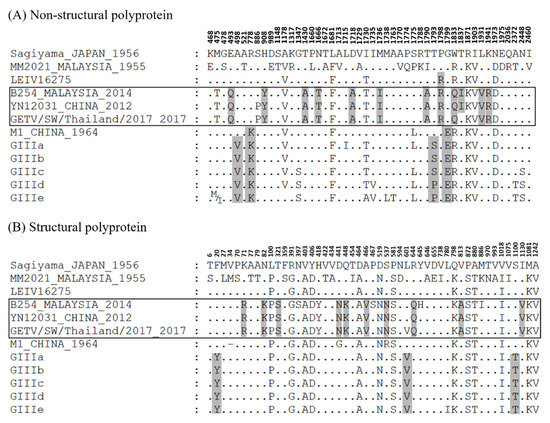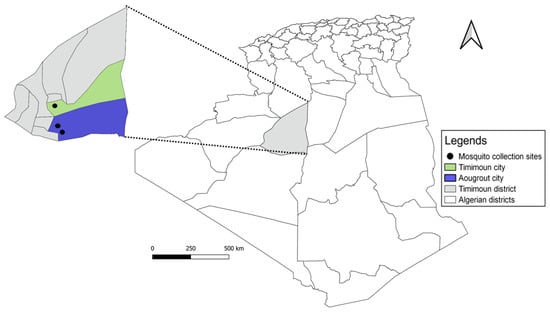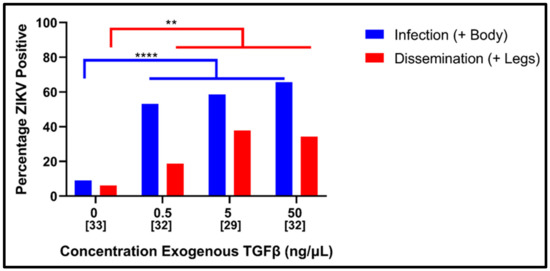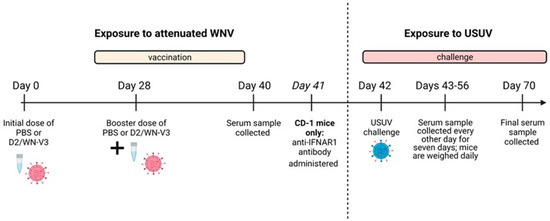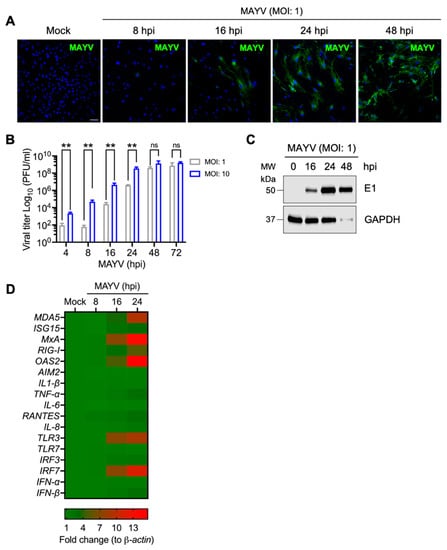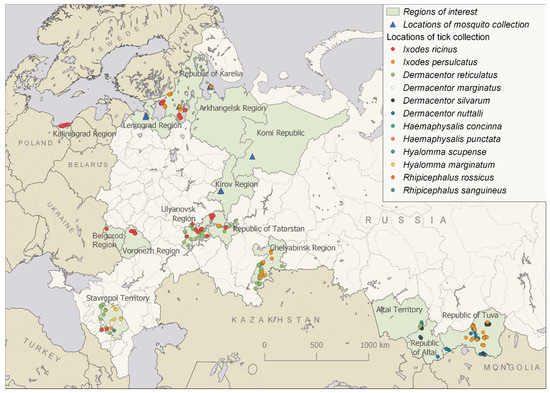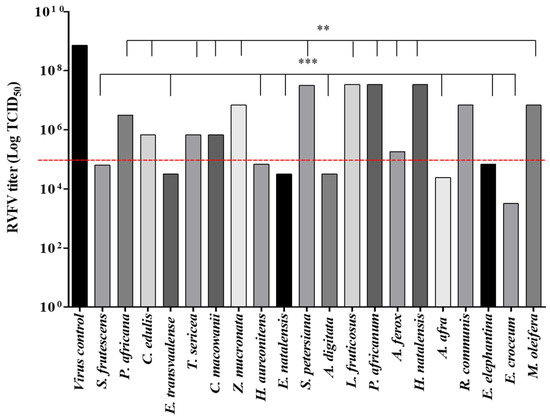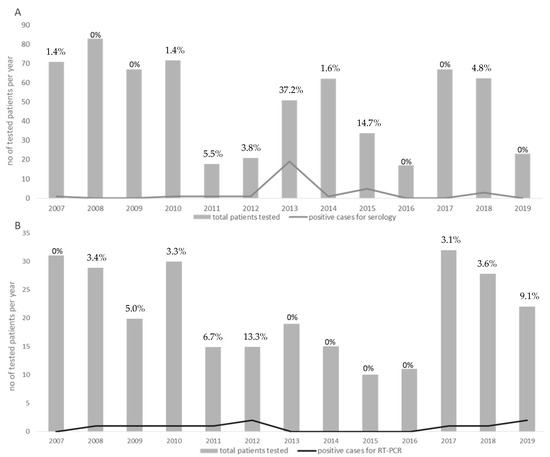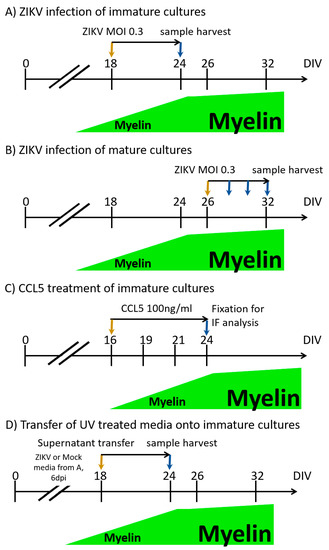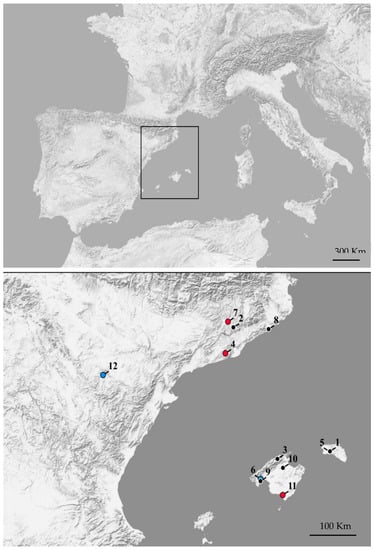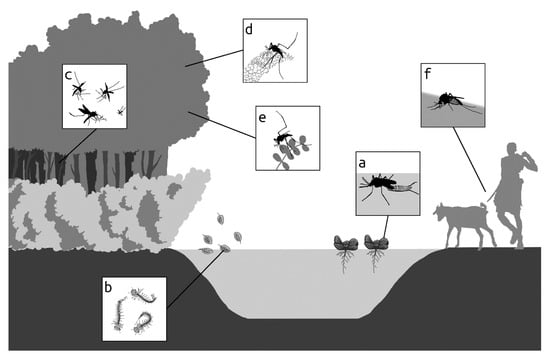Emerging Arboviruses, Volume II
A topical collection in Viruses (ISSN 1999-4915). This collection belongs to the section "Animal Viruses".
Viewed by 63242Editor
Interests: arthropod-borne viruses; vector-borne and zoonotic viral diseases; viruses of medical importance; diagnostics; epidemiology; virus discovery; taxonomy
Special Issues, Collections and Topics in MDPI journals
Topical Collection Information
Dear Colleagues,
This Topical Collection is the continuation of our previous Topical Collection, “Emerging Arboviruses”. In the first volume of the Topical Collection, we successfully put together 60 publications of the latest research. It will be a useful reference for scholars in the field.
In this second volume of the Topical Collection, we want to go on exploring the latest in emerging arboviruses research and sincerely invite you to contribute to this issue with your latest submissions.
The emergence and re-emergence of arboviruses have occurred for centuries, but their rapid dispersion is more rapid and geographically extensive because of the intensive growth of global transportation systems, arthropod adaptation to urbanization, failure to contain mosquito populations, and land perturbation. Here we would like to address emerging arboviruses of human importance (such as Chikungunya, Zika, Yellow fever, West Nile, Toscana, Usutu, Japanese encephalitis, Spondweni, Oropouche, Mayaro, O'nyong nyong etc.) and of veterinary importance (such as Schmallenberg, Bluetongue, African swine fever, Usutu, West Nile, Rift Valley fever, Shuni, African horse sickness, Akabane, etc.). Research studies can be focused on epidemiology, development, and evaluation of diagnostic assays, transmission pathways and cycles, natural cycles, virulence and clinical aspects. Studies aiming at virus discovery or at establishing the pathogenesis of viruses for either humans or animals are also within the scope of this Topical Collection.
Prof. Dr. Remi N. Charrel
Collection Editor
Manuscript Submission Information
Manuscripts should be submitted online at www.mdpi.com by registering and logging in to this website. Once you are registered, click here to go to the submission form. Manuscripts can be submitted until the deadline. All submissions that pass pre-check are peer-reviewed. Accepted papers will be published continuously in the journal (as soon as accepted) and will be listed together on the collection website. Research articles, review articles as well as short communications are invited. For planned papers, a title and short abstract (about 100 words) can be sent to the Editorial Office for announcement on this website.
Submitted manuscripts should not have been published previously, nor be under consideration for publication elsewhere (except conference proceedings papers). All manuscripts are thoroughly refereed through a single-blind peer-review process. A guide for authors and other relevant information for submission of manuscripts is available on the Instructions for Authors page. Viruses is an international peer-reviewed open access monthly journal published by MDPI.
Please visit the Instructions for Authors page before submitting a manuscript. The Article Processing Charge (APC) for publication in this open access journal is 2600 CHF (Swiss Francs). Submitted papers should be well formatted and use good English. Authors may use MDPI's English editing service prior to publication or during author revisions.
Keywords
- emergence
- arthropod-borne virus
- human importance
- veterinary importance
- diagnosis, preparedness and response
- seroprevalence
- epidemiology
- transmission
- virulence
- animal models
- antivirals
Related Special Issue
- Emerging Arboviruses in Viruses (61 articles)








